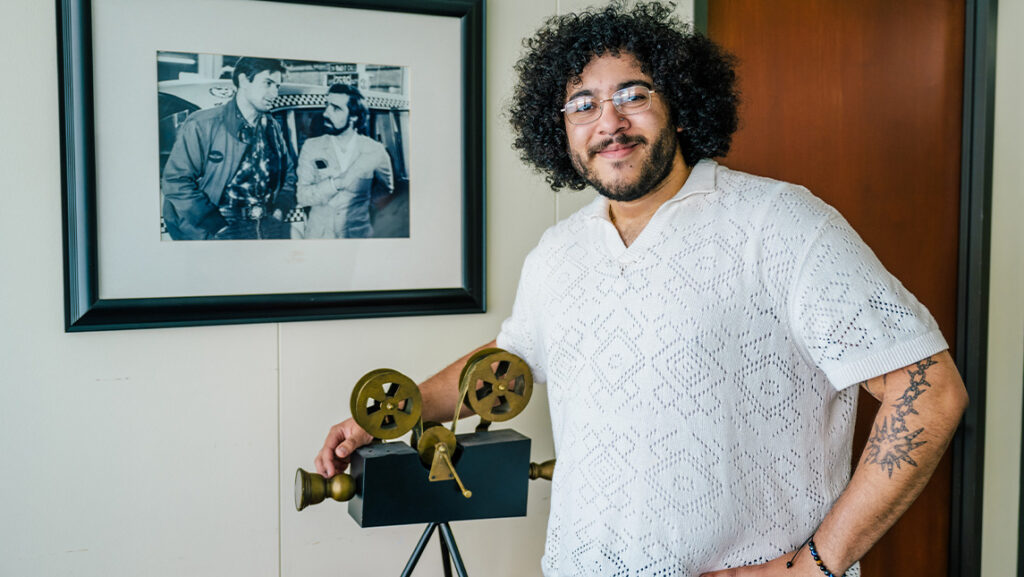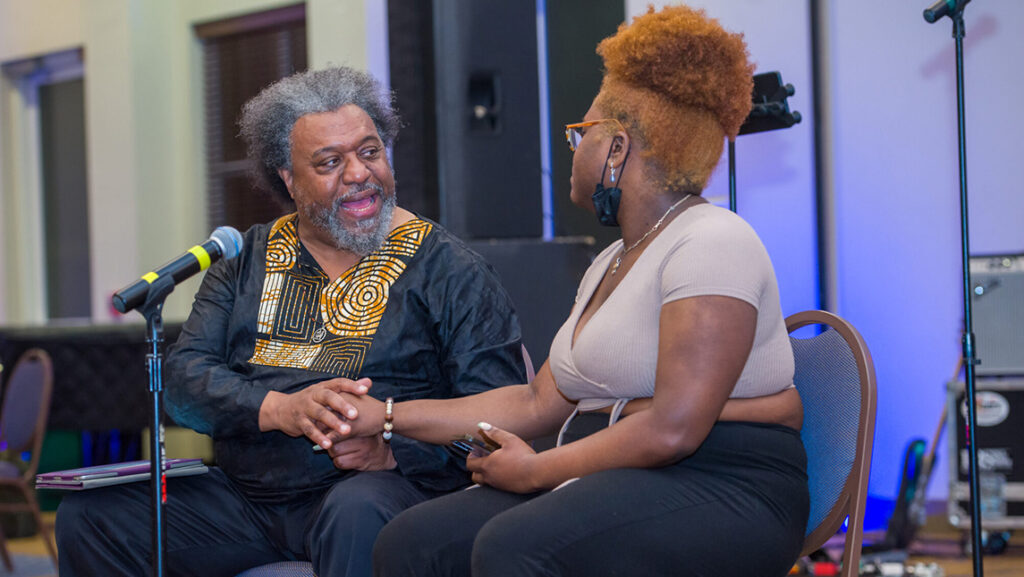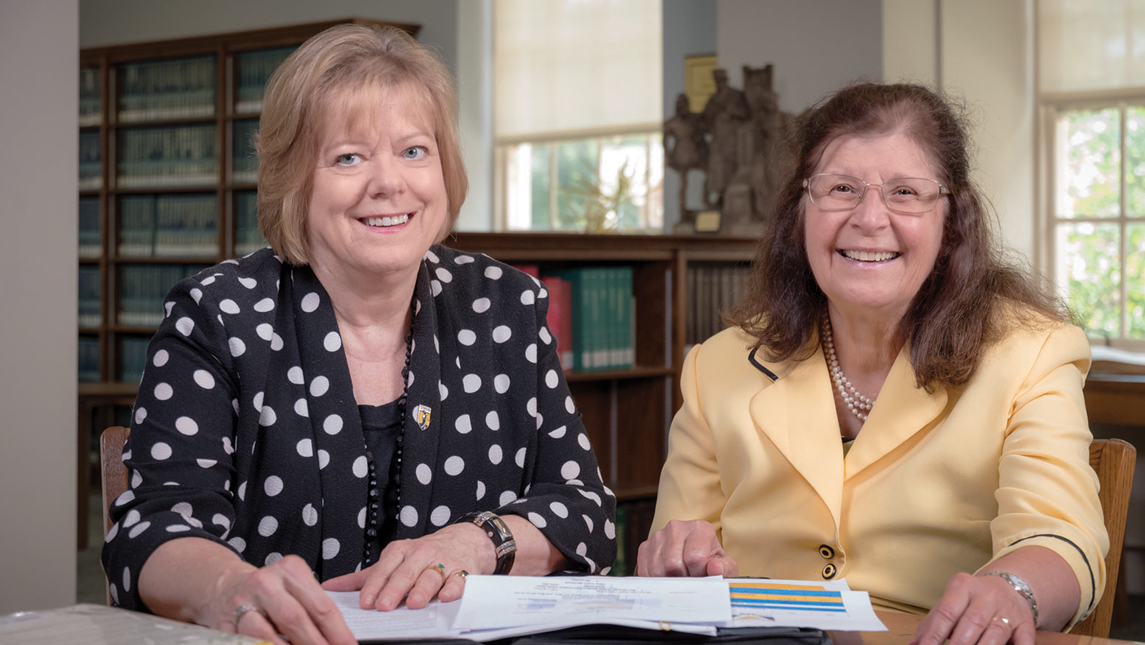
UNC Greensboro Professor Rosemery Nelson-Gray has been a trailblazer for women in psychology.
Her leadership and contributions throughout the 49 years she has taught at UNCG have influenced the field of clinical psychology worldwide, over decades when women were extremely underrepresented in academia and psychology.
During Nelson-Gray’s first 10 years at UNCG, she developed the accredited doctoral program in clinical psychology and subsequently served as its director for 25 years. She was invited by the American Psychological Association to evaluate other burgeoning programs at other universities and help them understand what they needed to do in order to become accredited.
Dr. Nelson-Gray was the first woman president of the Association for Behavioral and Cognitive Therapies and a leader in other organizations such as the Council of Directors of Clinical Psychology. She was the founding editor of the journal Behavioral Assessment; the coauthor of four books, 25 chapters, and nearly 150 journal articles; and she has presented her findings at conferences around the world, including in Hong Kong, Cuba, Australia, Peru, Colombia,and Singapore.She has played a central role in UNCG’s Psychology Clinic, helped provide psychological therapy services at Newcomers School, and co-directs UNCG’s Dream Camp for children on the autism spectrum.
Nelson-Gray has served UNCG as the student body gradually increased from 12,000 students to around 20,000 and as the University has grown in diversity, offering more opportunities to more students. Naturally, during that lengthy span of time Gray has adapted her own research and teaching in numerous ways – going from research using microfiche and the card catalog and taking endless notes on index cards to doing everything digitally. Like all instructors who have adapted teaching to an online format during the pandemic, she has learned how to teach on Zoom, undertaking the challenging task of training students to become therapists, teaching them therapy techniques remotely.
To honor Women’s History Month, Gray participated in an interview, describing her path and journey through a historic time for women in academia and in the field of psychology.
Could you describe the beginning of your life as a student of psychology?
When I was an undergraduate in the 1960s, I was a psychology major, and I was part of the civil rights movement. The type of therapy that was being done at that time was psychotherapy of a Freudian nature. And my belief was that this type of therapy was for elite classes that had a lot of money and a lot of time to lie on the couch and talk about their dreams. So I asked my advisor, wasn’t there any other kind of therapy? I was told about behavioral therapy, which was just starting. I said, well, where can I go to graduate school to learn about behavior therapy? My advisor said, it’s not available in the United States. You have to go to London to study behavior therapy. At that time, people didn’t travel as much outside the country for education or for leisure. My advisor suggested that I apply for a Fulbright scholarship.She suggested that I write to Professor Hans Eysenckin London, asking if I could work with him at the Maudsley Hospital if I were awarded a Fulbright Scholarship. I still have his letter of invitation. This was all very unusual because girls didn’t go alone to London to study for a year. (I was 21.) My family drove me to New York City where I set sail on the SS United States instead of flying, because it was cheaper for that Fulbright Commission.
During my stay in London, I applied to the State University of New York at Stony Brook which was just starting a behavior therapy program. I received a telegram of acceptance. I was the only female in my class of 9 students. But I was used to that, because in college, when I took advanced calculus classes, for example, I was always the only girl in the class. Graduate school went fine, and I didn’t feel discrimination, even though I was the only female in my cohort.
What it was like to come to UNCG?
I woke up when I went on the academic job market. I had three academic job interviews. One that I’ll mention was at an elite institution, which I will not name. While I was giving my colloquium, the all-male faculty started whispering and laughing. And so, I took the chalk and put it down on the chalkboard. I said, “When you men are ready to listen, I’m ready to speak.” And I just stood there.
My last job interview was at UNCG, which was exactly the opposite. Robert Eason was the head of the department, and he and the other search committee members couldn’t have been more gracious. What do you want to see, what can we tell you about? And so on. And it was not in the spirit of the times, but Robert Eason hired three female faculty that same year, which was 1971. In the same decade, the UNCG Department of Psychology also welcomed a number of minority students, especially those from NC Central University. These include Norm Anderson, our graduate who eventually became the chief executive officer of the American Psychological Association. A spirit of diversity was present at UNCG during the 1970s and 1980s.. It never occurred to me that UNCG and the psychology department wouldn’t have this very positive attitude towards gender, ethnic, and racial diversity because that’s what I experienced right from the beginning of my work here. Over the years, of course, UNCG has become more and more of a minority serving institution.
What it was like to be elected to leadership positions?
I was active in ABCT, the Association for Behavioral and Cognitive Therapies, both in presenting my research and in minor leadership positions.. I was elected the first woman president of this association in 1981. My reaction was not: Wow, I’m the first woman president. I had the same emotions that I had in graduate school, which is that this is just the way it was. My thoughts were more like: I have a very good academic record, and I know what I’m doing, and it’s only right that I was elected president as much as anybody else who was successful would have been elected. I never felt that things happened to me because I was a female. It was that good things happened because I deserved them, because of the work I had done.
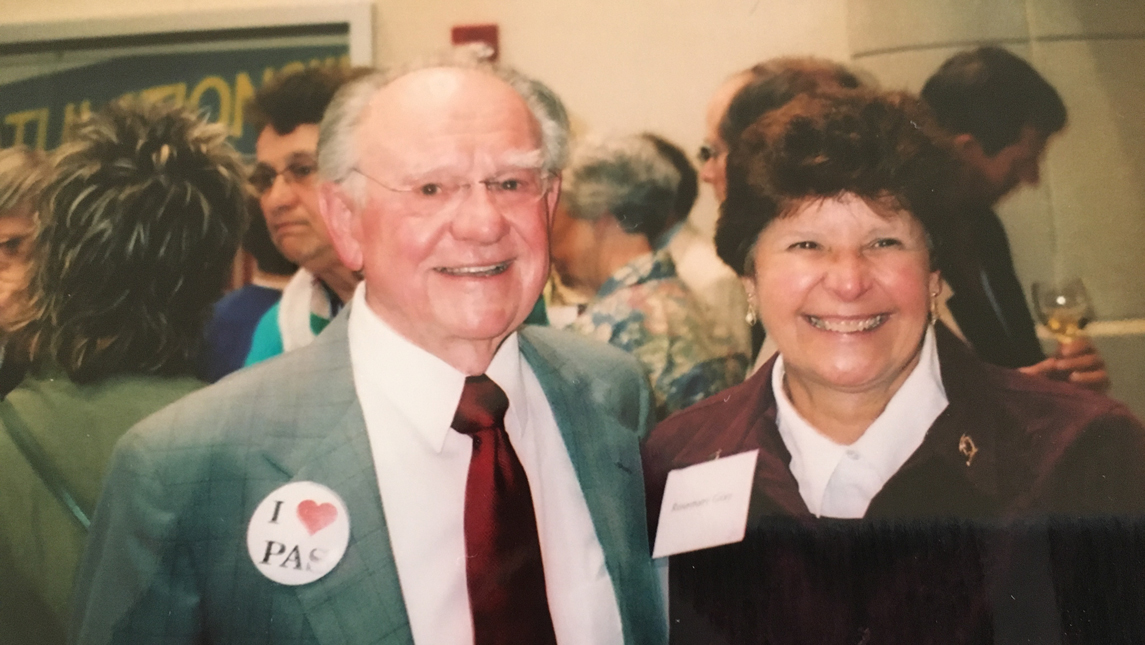
What inspires you lately? And what do you find inspiring about UNCG and about the world of scholarship in general?
It’s the success of my graduate students. I have overseen 75 dissertations during the time I’ve been at UNCG, which means 75 successful graduates are out there working. And I have Dissertation drafts 76 and 77 on my computer. I enjoy working with students. Besides classroom teaching and research, I’m also a supervisor in the UNCG Psychology Clinic. I really enjoy the supervision and working with graduate student therapists who provide psychological services for a variety of clients, and especially the Newcomers School students and Dream Camp participants. So that’s my inspiration. As far as UNCG goes, I think it’s going in a good direction. The diversity initiatives that are all over campus are great, plus the expansion of academic programs. I’m learning to appreciate more and more partnerships with schools outside the College of Arts and Sciences, given that other schools have so much to offer.
I think my role is like a symbol of progress in terms of the role of a particular minority (female in academia.) As the years went by – it’s been a lot of years – but as the years went by, as a person, I showed that you can accomplish things as an individual member of a minority. You can also create change with your own individual behavior, and your own individual accomplishments, without having to continually point to the fact that you’re different while doing these accomplishments.
I became the first female president at ABCT, and then, 10 or 15 years later, at the convention, they invited women leaders for a panel called “Breaking the Glass Ceiling.” There were maybe six of us on a panel in a ballroom at a hotel in New York City. And it was standing room only. I was surprised that so many convention goers would be interested in breaking the glass ceiling, and I was surprised at how many people were interested in seeing the development female leaders. But like I said, it was standing room only.
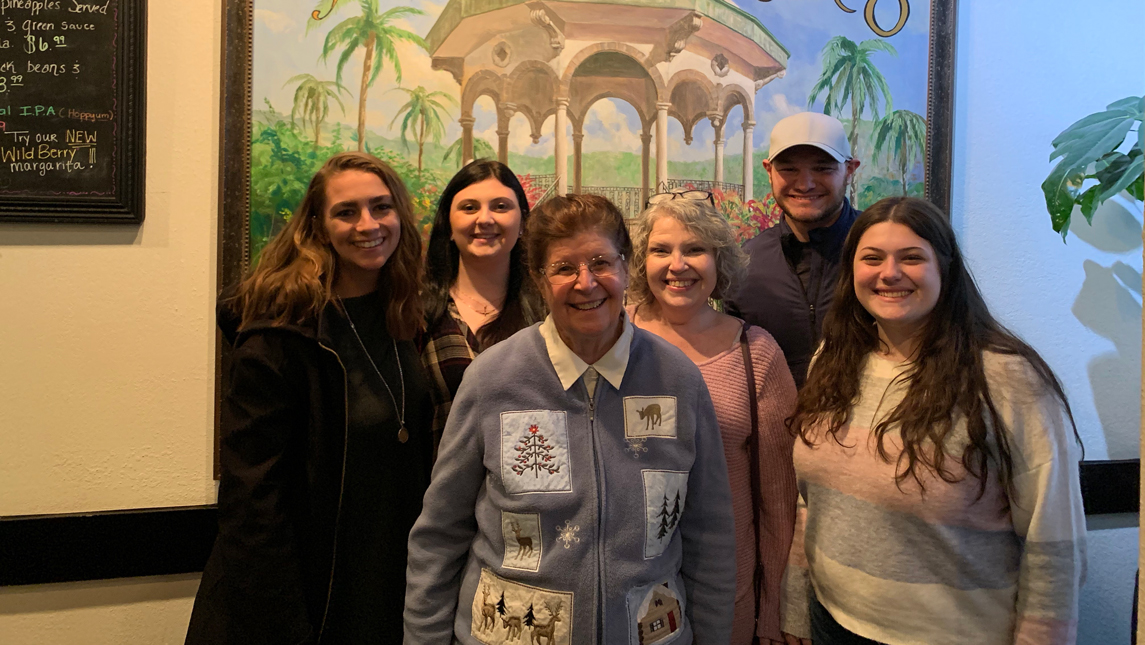
Interview by Susan Kirby-Smith, University Communications
Photography by Martin W. Kane and courtesy of Rosemery Gray
